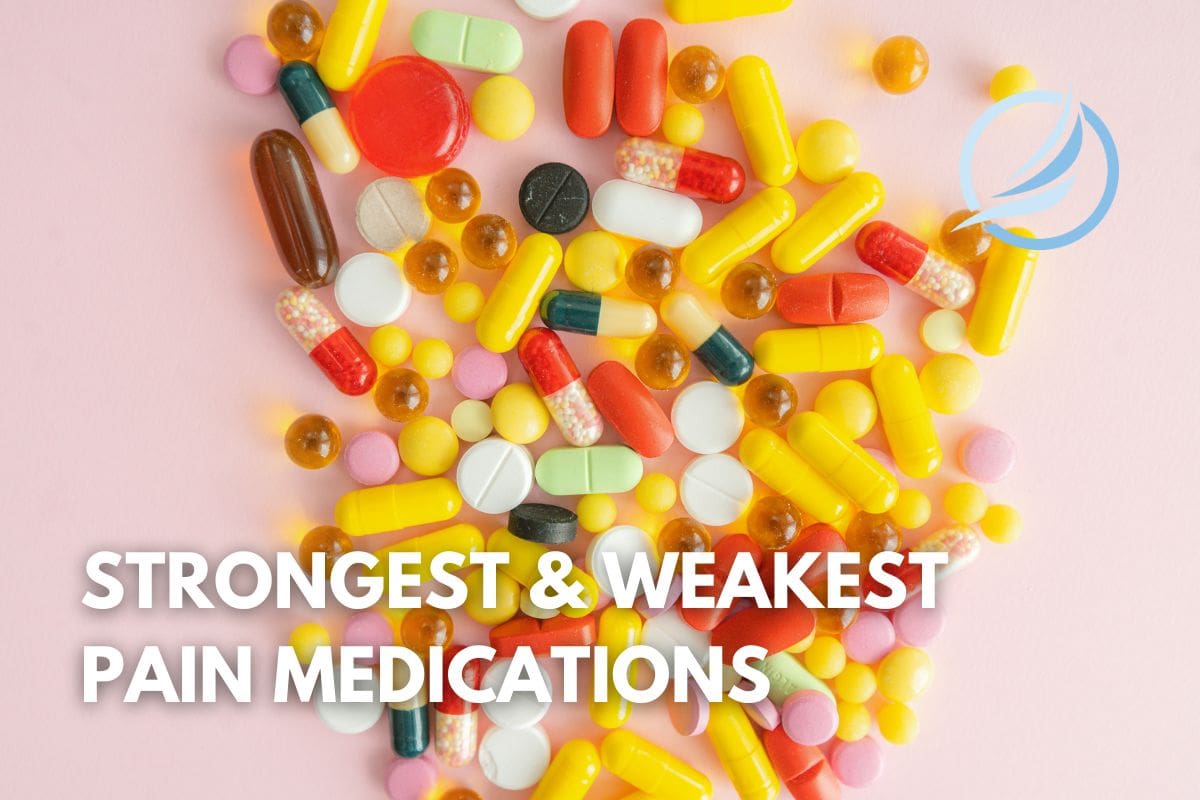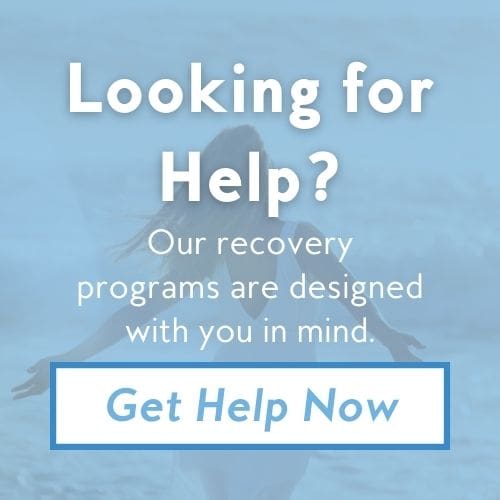Pain management is critical for those suffering from debilitating conditions that affect their daily lives. With the misuse of prescription drugs affecting millions annually in the U.S., it’s crucial to approach pain relief with informed caution to prevent addiction.
This guide details various pain medications, categorized from strongest to weakest, providing insights into their risks and benefits.
Strongest Pain Medications: Approach with Extreme Caution
In contexts of severe pain, particularly for individuals in recovery or with a history of substance use, the Use of Strong Opioid Painkillers should be approached with extreme caution. Under strict medical
- Fentanyl: Extremely potent and typically used in hospital settings or for severe chronic pain under close supervision.
- Morphine: Often utilized for intense pain such as that experienced post-operatively or from serious health conditions.
- Oxycodone: Effective for managing moderate to severe pain but has a high potential for dependency.
- Hydromorphone: Provides significant pain relief but should be used cautiously due to its potency and addiction potential.
Moderate to Strong Pain Medications: Use with Caution
When navigating the middle ground of pain relief, consider Lower-Risk Opioid Options with care and full understanding of the risks, especially for those with a history of substance use.
- Tramadol: A less potent option but still requires caution due to the risk of dependency.
- Codeine (combined with Acetaminophen or Ibuprofen): Often prescribed for moderate pain; however, monitor closely for signs of misuse.
- Hydrocodone (combined with Acetaminophen): Useful for moderate to severe pain but should be approached with caution due to the potential for addiction.
Non-Opioid Prescription Pain Medications: Safer Alternatives for Recovery
For individuals in addiction recovery, Prescription Non-Opioid Pain Relievers can be effective alternatives that typically carry a lower risk of addiction.
- Gabapentin/Pregabalin: Often used for neuropathic pain, these options are generally considered safer for individuals with a history of substance use.
- Celecoxib (Celebrex): A prescription NSAID that provides pain and inflammation relief without the opioid risks.
Over-the-Counter (OTC) Pain Medications: Everyday Pain Relief Options
For managing day-to-day discomfort, OTC medications can offer relief with a lower risk profile, which is suitable for those in recovery.
- Ibuprofen (Advil, Motrin): Effective for mild to moderate pain and inflammation; use as directed to avoid gastrointestinal issues.
- Naproxen (Aleve): Provides longer-lasting relief for pain and inflammation; follow dosage instructions carefully.
- Acetaminophen (Tylenol): Good for pain and fever relief; be mindful of the liver toxicity risk at high dosages.
Mild Pain Medications and Topical Treatments: Localized Relief with Minimal Risk
Non-Addictive Topical and Mild Analgesics can be effective for less severe pain or specific discomfort areas.
- Aspirin: Offers anti-inflammatory and pain relief properties; use cautiously and under a doctor’s advice to avoid risks associated with long-term use.
- Lidocaine patches and capsaicin cream: Target pain directly at the source without systemic side effects, making them safer options for individuals concerned about addiction.
Understanding the Risks and Safe Use of Pain Medication
When navigating the world of pain medication, individuals and healthcare providers must be informed about the potential for addiction, the dangers of misuse, and the importance of adhering to medical advice.
Pain medications, particularly opioids, present a high risk of addiction and overdose when not used as directed. To ensure the safe use of pain medications, it’s essential to:
- Discuss Addiction History: Be open about any personal or family history of substance abuse, which can influence medication choices and management strategies.
- Adhere to Prescriptions: Take medications strictly as prescribed, without adjustments to dosage or frequency unless advised by a healthcare professional.
- Full Disclosure: Inform your healthcare provider about all substances you’re taking, including over-the-counter medications, herbal supplements, and vitamins.
- Report Side Effects: Promptly communicate any adverse reactions or side effects to your healthcare provider.
Alternatives and Complementary Therapies
Exploring non-pharmacological approaches can enhance pain management, such as:
- Physical Therapy: Engaging in tailored exercises to improve mobility and reduce pain.
- Exercise: Regular, moderate exercise to strengthen muscles and reduce discomfort.
- Acupuncture: Using needles to stimulate specific points on the body to relieve pain.
- Mindfulness and Meditation: Practicing mindfulness and meditation helps manage pain perception and reduce stress.
- Yoga and Tai Chi: Incorporating gentle movements and breathing exercises to ease pain and improve function.
Wrapping Up
The journey towards effective pain management is complex, marked by the challenge of balancing relief with safety. By understanding the spectrum of pain medications, from the strongest to the weakest, individuals can make informed decisions in collaboration with their healthcare providers. Open communication about pain management options and the risks associated with certain medications is essential.
It’s imperative to prioritize safety and awareness, taking proactive steps to mitigate the risks of addiction and its adverse effects. With the right approach, it’s possible to manage pain effectively while minimizing the potential for harm, paving the way toward recovery and improved quality of life.
Remember, effective pain management is a shared journey between patients and healthcare professionals, built on trust, communication, and a comprehensive understanding of the available options.
































